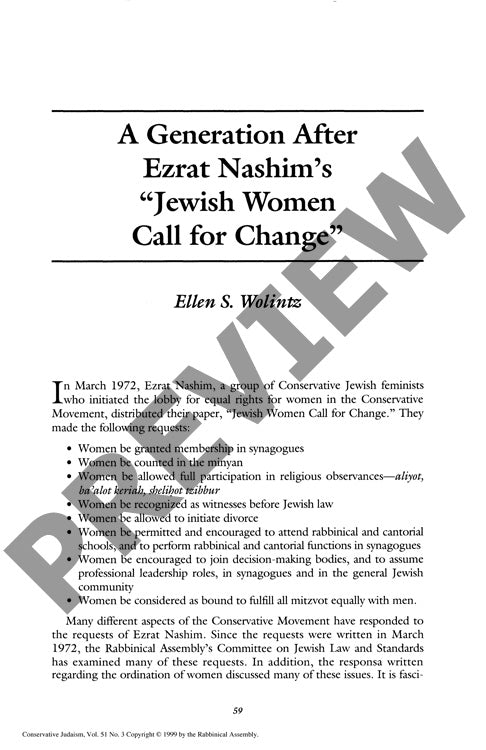A Generation After Ezrat Nashims Jewish
Couldn't load pickup availability
In March 1972, a bold manifesto from the Conservative Jewish feminist group Ezrat Nashim catalyzed decades of transformation in women's religious status. Over the subsequent twenty-seven years, the Conservative Movement's Committee on Jewish Law and Standards grappled with eight fundamental requests for women's religious equality, ultimately approving most through various halakhic mechanisms. A systematic review of responsa, takkanot (legislative enactments), and committee proceedings reveals the gradual expansion of women's roles across multiple domains: full synagogue membership (1973), optional inclusion in minyan (prayer quorum), expanded ritual participation including aliyot and prayer leadership, recognition as valid witnesses in a minority position, ordination of women rabbis (1983) and cantors, and increased representation in decision-making bodies. While implementation varied by congregation and relied on mara d'atra (local rabbinic authority) decisions, the Movement successfully balanced halakhic innovation with legal continuity. One notable exception remains: the request for women's authority to initiate religious divorce, as relevant responsa never achieved formal adoption. The Conservative Movement's response to Ezrat Nashim demonstrates its capacity to adaptively interpret Jewish law while addressing evolving social needs, fundamentally reconstructing women's religious participation within halakhic frameworks.

More Information
-
Physical Description
-
Publication Information
Published
ISBN
-
Publication Credits
Ellen Wolintz

